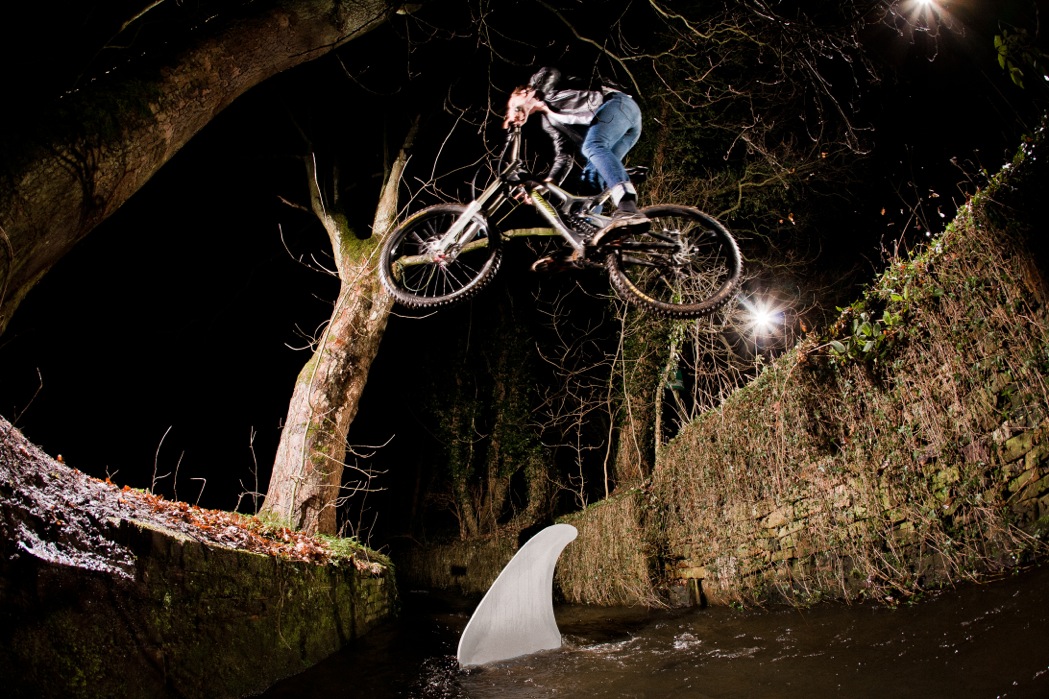ISEA Image Competition Winners Announced
The winners have been announced in the ISEA Image Competition 2013/14. The competition was an opportunity for those involved in sports engineering, science, and technology to showcase their work. Conveying the outstanding research and consultancy that is being conducted in sports engineering today.
Best in show was awarded to Jorge Santana Cabrera from the University of Las Palmas de Gran Canaria, Spain, for his short film titled “Swimmers Bubbles”. This shows his work into the study of entry angle into the water of a swimmers hand during crawl stroke. As Cabrera explains “The object of the filmed frames are the study of the incoming angle of the swimmer hand into the water during the crawl stroke style. This work is conducted to analyse turbulence generation during the contact between water and hand. The footage can then be shown to the swimmers to demostrate the affect of hand entry angle. For a clear view of the turbulence phenomena, a film filter software has been used and a “Detect Borders” filter has been selected. So, the water and bubbles generated from the stroke are clearly observed.”
[evp_embed_video url=”https://www.sportsengineering.org/wp-content/uploads/2014/09/Jorge_Santana_Cabrera_Swim.mp4″ width=”700″]
The Best in Photographic award went to Nick Hamilton for his image of a mountain biker jumping a five foot shark fin, titled “Jumping the Shark”. This is an idiom that was born when the nostalgic American TV series Happy Days, a show based on family life, had the lead character, The Fonz, perform a stunt where he jumped over a captive shark on water skis, in an attempt to boost failing ratings. The idiom has now become synonymous with the moment a brands evolution of design, or creative effort, declines, and the brand in turn resorts to hype and gimmick. As Hamilton explains “Working as a full time Sports Engineer, developing and analysing the performance of sports equipment in the minutest of detail, I understand the impact this has in a sporting context. It was with great interest that I once listened to a large sporting goods manufacture detail how they spent 5% of their turnover on R&D and product development, while 45% was spent on marketing. Naively I had believed that the performance of the products was paramount and that solving problems and addressing needs were key. My bubble had been burst; they created the need and addressed only part of it. They regularly ‘Jumped the Shark’. In taking this photo we had lots of fun, thinking it up, setting up and getting the shot; just riding our bikes. In essence we loved jumping the shark but as Sports Engineers we really couldn’t care less about ‘Jumping the Shark’. “

Best in Computer Generated category went to Dr Marcus Dunn for his image showcasing his work in markerless measurement of step and movement strategy during elite match-play tennis. As Dunn explains “current knowledge of tennis player-surface interactions is limited. The analysis of player step and movement strategy during match-play tennis will improve knowledge of player-surface interactions”. The image demonstrates the application of a video-based method for measuring a player’s step and movement strategy during elite, match-play tennis. This application is the direct result of Dunn’s PhD project that developed a single camera method for measuring step and movement strategy in sport. The method does not require the application of sensors or markers, e.g. video-based, allowing analyses to be performed in situ, without interfering players. The method represents a flexible approach to gait analysis which could be used for different applications, ranging from sport to surveillance.

Ten best in show runners up were also awarded to:
- Sarah Carter, Griffith University
- Takeshi Asai, Tsukuba Univ.
- Jeffery Kensrud , Washington State University Sports Science Laboratory
- Matthiis Eversdijk, TU Delft
- Joost Pluijms, VU University Amsterdam
- Chantal Tutein Nolthenius, InnoSportNL
- Adeline Drillon, INSA Lyon
- Sean Clarkson, CSER, Sheffield Hallam University
- Andy Hext, CSER, Sheffield Hallam University
- Heather Driscoll, CSER, Sheffield Hallam University
Congratulations to all who won!